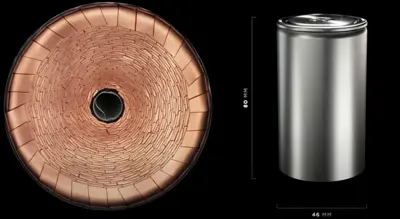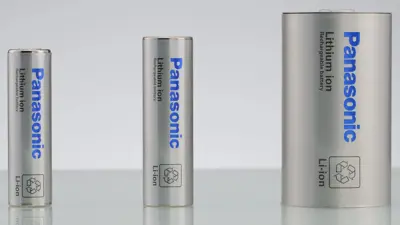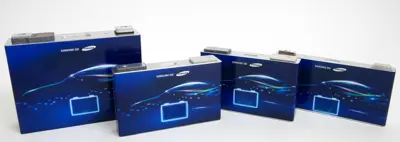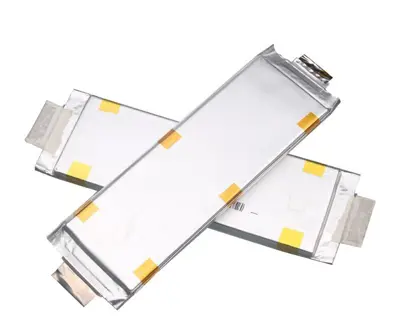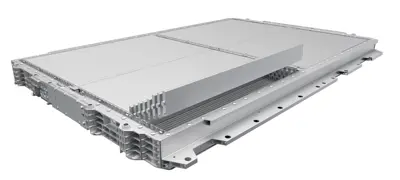- EV Batteries
- Battery Basics
- Cell Chemistry & Parts
- Cell formats
- Battery Pack & Configuration
- Battery Management System
- Thermal Management
- Cell Balancing
- Charging
- Degradation
- Buffer
- Manufacturers
- Warranty
Cell formats
Several types of cell formats exist for battery cells used in electric vehicles.
Cylindrical Housing
A cylindrical cell consists of sheet-like anodes, separators, and cathodes that are sandwiched, rolled up, and packed into a cylinder-shaped can. This form factor has been used by battery manufacturers for years, with sizes like AAA and AA commonly used in electronics.
Advantages
- Mechanical Stability: The round shape distributes internal pressure from side reactions almost evenly over the cell circumference, allowing the cell to tolerate higher internal pressure without deformation.
- High Production Throughput: The cylindrical form factor allows for a high throughput of cells from production lines.
Tesla is one of the few EV manufacturers that use cylindrical cells. BMW will start using them in the next generation.
Common Sizes
| Type | Size | Capacity |
|---|---|---|
| 18650 | 18 x 65 mm | 2300 mWh - 36000 mWh |
| 21700 | 21 x 70 mm | 4000 mWh - 53000 mWh |
| 4680 | 46 x 80 mm | ~98000 mWh |
Prismatic Housing
Li-ion cells with prismatic housing consist of large sheets of anodes, cathodes, and separators sandwiched, rolled up, and pressed to fit into a hard-plastic or metallic housing in cubic form. The electrodes can also be assembled by layer stacking rather than jelly rolling.
Advantages
- Space Optimization: The box-like shape optimizes the available space when combining prismatic cells into packs.
Disadvantages
- Stress on Components: Parts of a prismatic cell's electrode and separator sheets close to the container corners can experience more stress, potentially damaging the electrode coating and leading to non-uniform electrolyte distribution.
Pouch Housing
Pouch cells do not have a rigid enclosure like prismatic and cylindrical cells and use a sealed flexible foil as the cell container.
Advantages
- High Packaging Efficiency: Achieves a 90 to 95 percent packaging efficiency, the highest among battery packs.
- Flexible Size: The flexible foil allows for various sizes and shapes.
- Weight Reduction: Eliminating the metal enclosure reduces weight.
Disadvantages
- Swelling: Designers must allocate enough space for cell swelling, which can be as much as 8% to 10% after 500 cycles.
Blade
Blade batteries are a type of lithium-ion battery that use a unique "blade" design for their cells. Unlike traditional cylindrical or prismatic cells, blade batteries are thin and flat, resembling the shape of a blade or wafer.
Advantages
- Compact and Efficient: The blade design allows for a more compact and efficient battery pack.
- Better Heat Dissipation: The flat shape provides more surface area for cooling.
- Safety: Use of a ceramic separator between the anode and cathode layers provides better protection against internal short circuits and thermal runaway.
Blade batteries are primarily produced by the Chinese battery manufacturer BYD.

